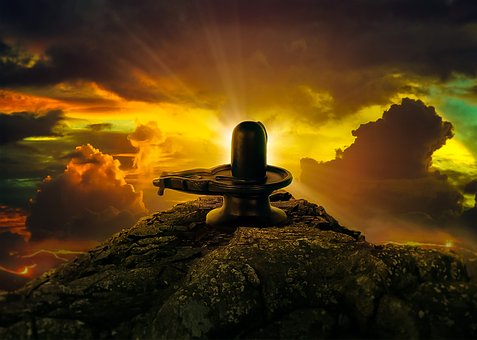It is always thought to be a commercial holiday, and above all an American one. In reality, the roots go back to our continent and the story of Halloween is fascinating, long and multifaceted. If you are wondering how long it is, here is the answer.
A premise and a must: being a popular holiday, Halloween does not have a unique and precise story. There are several theories about it the roots of this event celebrated on the night between October 31 and November 1, and as far as the topic is known (the dead and the saints), the story of Halloween maintains an aura of mystery and magic.
However, there are two main traditions from which it derives: the Celtic and the Christianwhich at a certain point in history clashed and got closer and closer, giving life to an autumnal folklore that is very much felt in different areas of the Western world.
So here it is how – probably! – the tradition of Halloween was bornstarting from Europe, crossing the ocean and then returning to the old continent in recent decades.
A European holiday
Although in the common imagination Halloween is a completely American holiday, history actually places it in Europe. It’s true: today the United States of America represents the territory in which this horror and scary holiday is celebrated most (especially commercially), but the first testimonies concerning a night dedicated to the celebration of the dead according to this popular and gothic key, they occur in Europe.
It is in Scotland, in fact, that it seems to have started to spread towards the end of the eighteenth century the term Halloweenwhich it originally was “All Hallow’s Eve“that is to say “All Saints’ Eve”. And it is no coincidence that All Saints’ Night has become important in Great Britain. Here, in fact, two different traditions intertwined, but united by the celebrations at the end of October: the Celtic and the Christian.
The Celtic tradition
In the Celtic tradition, during the months of September and October (more or less) it was celebrated the Samhain festivalan autumn new year for celebrate the end of summer and welcome winter. However, it was not a simple “New Year”: it too was steeped in spirituality and mystery and it was said that during the week of pagan celebrations the afterlife and the earthly world were closer, so much so meet.
The Christian tradition
According to the Christian tradition, however, l‘November 1st is the day dedicated to the celebration of all Saints of the calendar (and of those who are not finished on the calendar). On November 2, however, is the Feast of the Deadthat is an occasion to remember and celebrate all the dead.
In Roman times, when Christians settled in the ancient Celtic areas, the two feasts somehow overlapped and the feast of Samhain was swallowed up by All Saints.
The arrival in America
The United Statestherefore, they were not the first to celebrate the “All Hallow’s Eve” in the way we know: in Scotland, England and in the once Celtic territories, celebrating All Saints’ Night emphasizing the Gothic spirituality and the closeness of the world of the dead was very widespread. It is only from about the nineteenth century that Halloween began its spread in Americataking the connotations we know best and acquiring the most well-known contours.
Now the tradition is quite definite: during the night of All Saints, between October 31 and November 1, children and adults celebrate the deceased by dressing up with masks reminiscent of witchcraft, mysteries, dead and zombies, visiting the houses of the neighborhood; you do “trick or treat”; pumpkins are carved according to the tradition of Jack O’Lantern; and we immerse ourselves, in fact, in traditional, folkloristic and mysterious stories, taking advantage of the first autumn darkness and the change of season.
The true story of Halloween, between American folklore and European roots

